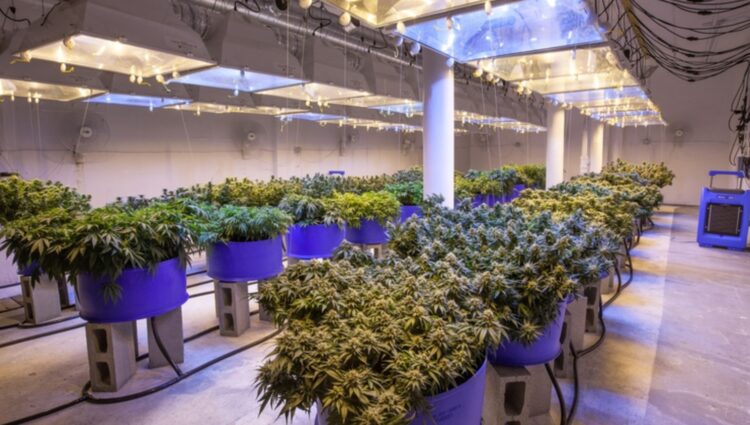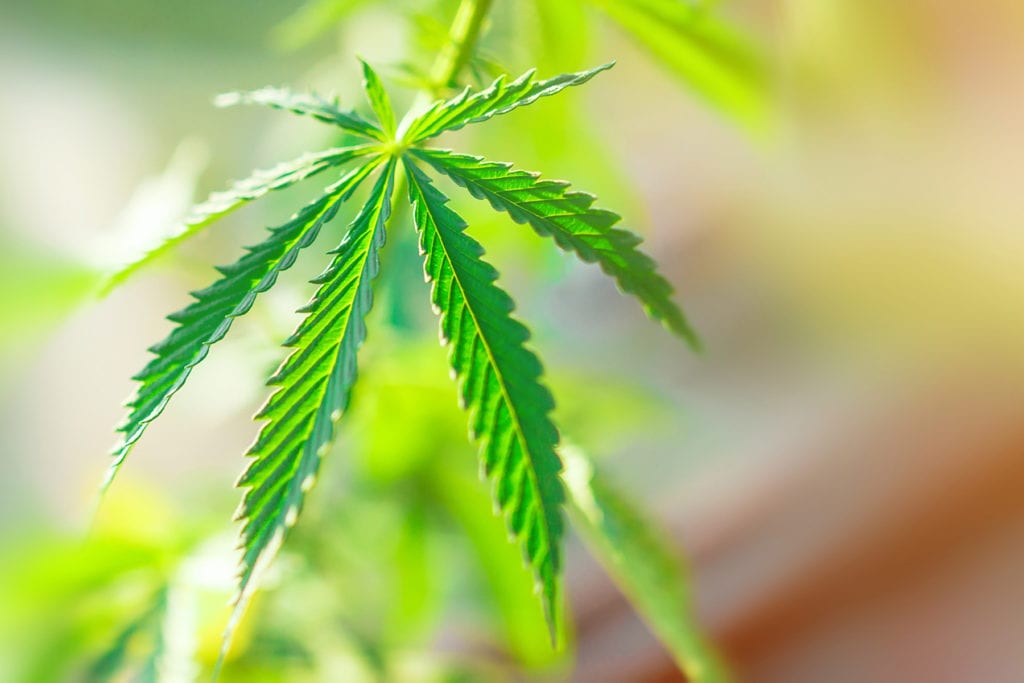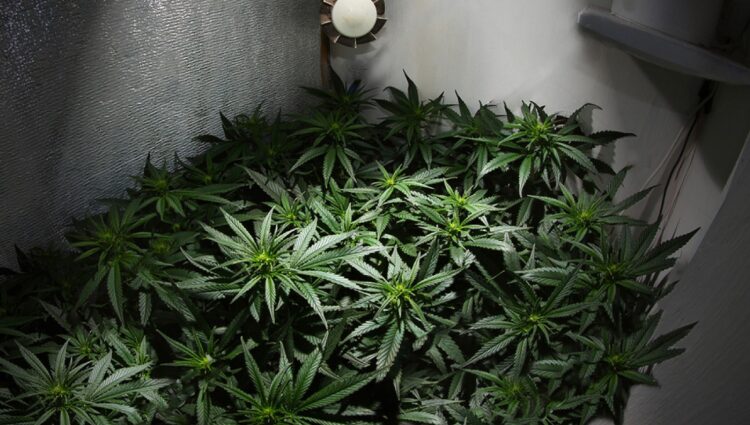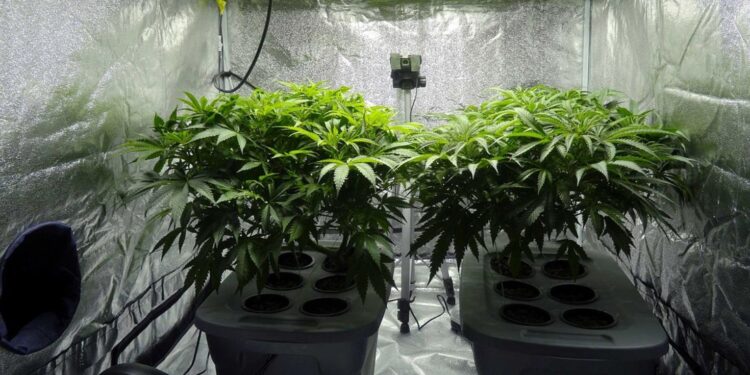Most cannabis fans don’t walk into a dispensary and ask to see the shop’s low-quality products. They ask to see what’s best and are more interested in the top-shelf bud. They feel excited as they examine the best cannabis strains the dispensary has to offer, but that excitement usually fades as they step up to the register and realize that top-shelf bud also means top-shelf prices.
As it turns out, there’s a way around that, and it’s to grow your own top-shelf, high-quality cannabis from the comforts of home. Many countries and states are passing marijuana laws that give their citizens the privilege to grow cannabis from home with the right licensing.
Decide to take this route and you’ll likely come across some bumps in the road when you first start out, but eventually, you could be growing bud that puts dispensary products to shame. To get to that point, you’ll definitely want to follow these tips for getting great bud in your grow room:
1. Start with Good Genetics
If you don’t start your grow off with strong genes, there’s no hope for getting that top-shelf bud you’re striving for. Beginning with a good genetic framework is everything, and behind every breathtaking bud that’s covered in crystals are strong genes.
Even if you spend thousands on grow room equipment and supplies, this money won’t amount to anything if you fail to consider genetics when choosing your strains.

2. Know That It’s Easier to Add Humidity Than to Remove It
Every grower knows that humidity is an important factor in the grow room environment. But what many growers don’t recognize is that it’s much more difficult to remove humidity from the air than it is to add it back in. On top of that, too much humidity usually leads to bigger problems than too little.
The main reason that it can be difficult to bring the humidity down is that plants increase moisture levels in the air, so you’re basically working against a force of nature. Healthline even says that this is done through evapotranspiration, where “water from the soil makes its way up through the roots of the plant, through the stems, and up to the leaves (transpiration), where it’s evaporated into the air through pores on the leaves, called stomata.”
When maintaining grow room humidity, the main takeaway is to keep your baseline on the low end of the ideal humidity range rather than the high-end. That way if the humidity does start to get too high, getting it back in check won’t be impossible.
You’ll definitely want to use a humidity controller to help out with your grow room moisture control. Check out this complete guide to humidity controllers for more info on which controller to use.

3. Treat Your Mother Plants Like Royalty
If you’re new to this, you might not realize just yet how important your mother plants are, but you’ll figure it out pretty soon.
Keeping the mothers (the plants that stay in the vegetative stage so that clones can repeatedly be clipped from them) happy and healthy should always be a top priority because, without the mothers, you’ll have to start creating your strain gene pool from scratch. A lot of growers just throw their mother plants in a room, set their light systems to “Veg”, and forget about them.
Some growers don’t even keep mother plants, but there are a lot of advantages to having them. With a mother, you know that all of the clones taken from that plant will turn out to be female, which isn’t the case if you choose to start each crop from new seeds.

4. Flush the Plants When Necessary
Giving your crop a good flushing every once in a while can help the plants to get rid of harmful buildup in their root systems. Build up can happen over time from salts in fertilizer products, and can even saturate the roots in toxic levels, so do your plants a favor and water them without nutrients occasionally.
When you flush your plants, this is also a good time to check the pH. Ph levels say a lot about a crop’s health, so you can use a pH meter or testing strip to see where the crop stands on this front. For soil growing, your aim is for a pH between 6 and 7.

5. Give Organic Growing a Try
Even if you breeze right past the organic section in the grocery store, you might want to think twice about that when it comes to your grow room. Some of the best bud known to man is grown organically, and best of all, using organic practices is a great way to reduce your carbon footprint. It’s not guaranteed that growing organically will improve bud quality, but it definitely can’t hurt to try. Don’t Get Cocky (Master the Basics First)
What happens with a lot of growers is they get over-confident before mastering the basics. They assume that just because they’ve had one successful harvesting, they’re now experts and they can jump into more advanced techniques.
These are the growers that quickly realize it takes more than just one successful crop to be considered a pro. Before moving on to more challenging practices, like growing hydroponically, master the basics first. This involves everything from popping your seeds to harvesting to drying to curing.

6. Learn How to Manipulate Climate (Temperature & Humidity)
Manipulation is a big part of any grow op, and two of the most crucial factors to manipulate are temperature and humidity. We’ve already covered the importance of humidity, so let’s focus on temperature.
While it’s normal to assume that temperature control is easy, that’s not always the case. Temperature fluctuations are common, especially with high heat output lights like HPS fixtures. When the lights are on, you can definitely expect the overall temperature of the room or tent to rise, then drop back down once the lights switch off.
This is why you need to learn how to manipulate temperature and gain complete control over this important environmental factor in order to get great bud. You’ll definitely want to use automation and lots of monitoring tools to help out, and keep an especially close eye on things for the first two weeks.





